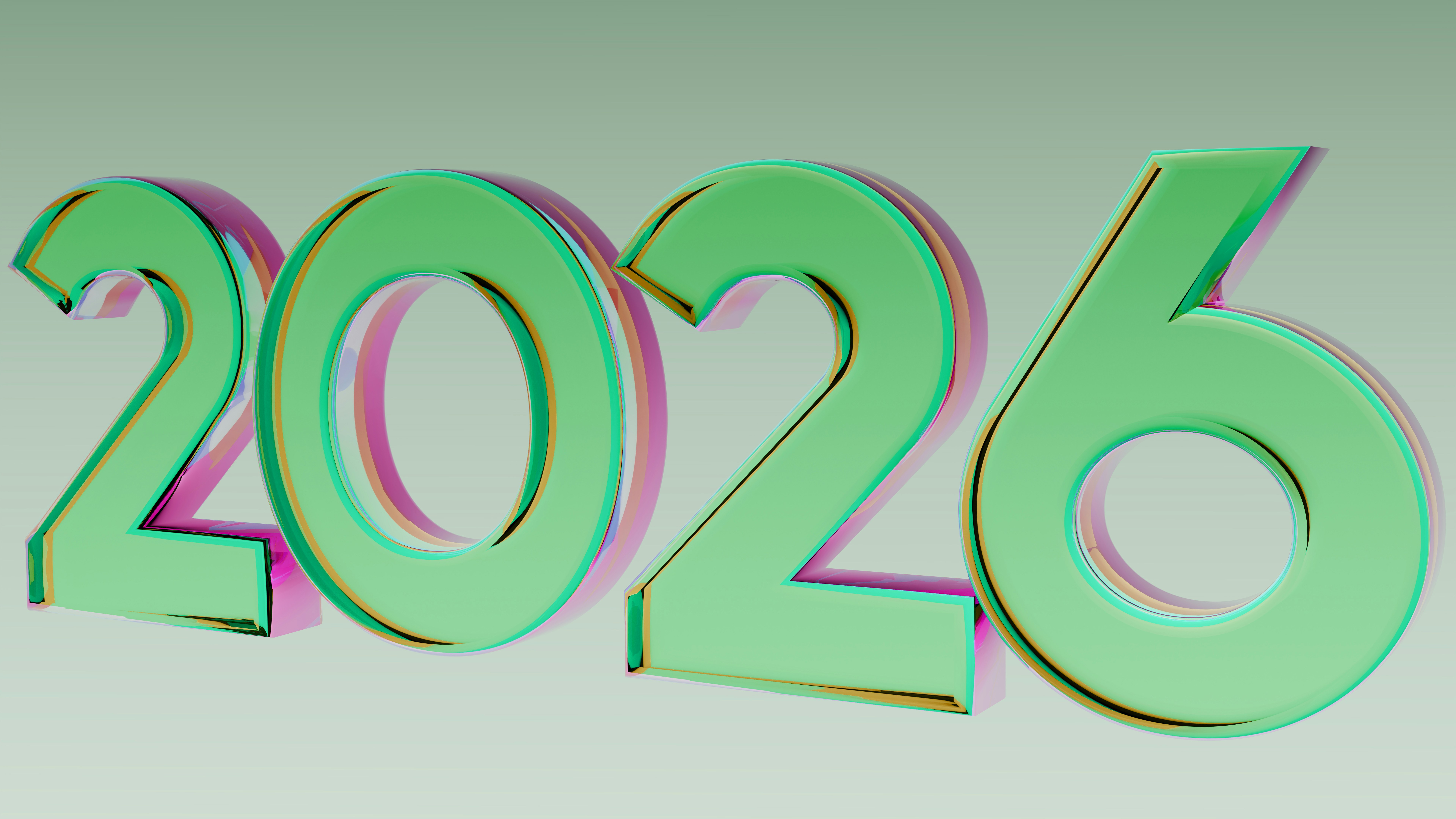
How to Present Blockchain Solutions to Non-Technical Audiences: A Public Speaking Guide for Job Seekers
Blockchain is no longer a buzzword—it’s becoming embedded in finance, supply chains, legal services, gaming, and digital identity. But for blockchain professionals and job seekers, the biggest challenge isn’t just mastering the tech; it’s explaining it clearly to people who don’t speak the language.
If you’re looking for a blockchain job in the UK, your ability to present complex decentralised systems, smart contracts, or token models to non-technical stakeholders could make or break your interview. In this guide, we’ll help you master public speaking for blockchain careers, including how to structure a talk, design slides, use analogies, and prepare for typical interview tasks that test communication skills.
Why Public Speaking Matters for Blockchain Job Seekers
Blockchain roles are often cross-functional. Whether you’re an engineer, consultant, analyst, or project manager, you’ll likely be working with:
Legal & compliance teams
Investors or C-suite execs
Government regulators
Clients or customers
Business development & marketing departments
These audiences don’t care about your gas optimisation or Solidity syntax—they care about what your solution does, how it adds value, and how it fits into their world.
That’s why many blockchain job interviews now include public speaking tasks that assess your ability to translate blockchain into business or user benefits.
Where Communication Skills Are Tested in Blockchain Interviews
UK blockchain employers are increasingly including communication challenges in the hiring process. You may be asked to:
Explain how a smart contract works to a client
Present your project to a non-technical panel
Break down a complex technical concept like consensus or tokenomics
Give a short talk on blockchain’s business applications
Simulate pitching a blockchain product to an investor
Whether you’re a recent grad or an experienced developer, being able to clearly communicate your ideas can help you land—and succeed in—your next role.
Structuring Your Blockchain Presentation: The “C.A.S.E.” Framework
To help you craft a compelling, digestible presentation, try this C.A.S.E. structure:
C – Context
Start with a real-world problem your blockchain solution solves.
“Supply chain fraud costs companies billions each year. We wanted to create a way to track goods with complete transparency.”
Set the scene using business or human language, not tech jargon.
A – Approach
Explain your solution in simple, logical steps.
“We built a blockchain-based system where every step of a product’s journey is recorded immutably. Once a record is added, it can’t be changed, making fraud or tampering obvious.”
Keep it high-level—focus on what it does, not the full stack or infrastructure.
S – Solution Details (simplified)
Zoom in just enough to explain how it works.
“Each party scans a QR code to update the chain of custody. These updates go onto a decentralised ledger shared across all partners.”
Use analogies here to help explain things like smart contracts, hashes, consensus, etc.
E – End Result
End with the tangible value:
“This helped reduce losses by 25% and increased customer trust in product authenticity.”
Tie it all back to impact—savings, security, speed, or user trust.
Slide Design Tips for Blockchain Presentations
Your slides should support your message, not overwhelm your audience.
✅ Use Simple Diagrams
Flowcharts showing token interactions or wallet flows
Step-by-step processes for transactions or consensus
Visual metaphors (e.g., “blocks chained together”)
Avoid raw code, dense graphs, or terminal screenshots unless explicitly requested.
✅ One Message Per Slide
Non-technical audiences absorb less per slide—help them stay focused with:
Bold headers
1–2 key points max
Clean layouts with lots of white space
✅ Visual Hierarchy & Accessibility
Use readable fonts (min 24pt)
Stick to high-contrast colours
Avoid red/green combos (colour-blind users)
✅ Highlight Benefits, Not Buzzwords
Replace terms like "layer 1 interoperability" with plain-English outcomes:
“It connects multiple blockchain platforms, so users don’t need to switch networks.”
Storytelling for Blockchain Success
Storytelling makes blockchain relatable. People remember stories better than specs.
Use the “Problem–Journey–Breakthrough” Arc
Problem
“Sending cross-border payments is slow and expensive.”
Journey
“We explored multiple technologies and landed on a stablecoin-based solution.”
Breakthrough
“Our app enables near-instant transfers for less than 1% in fees.”
Make your blockchain work sound like a useful, engaging journey.
Use Analogies to Make Blockchain Click
Blockchain concepts often sound abstract—analogies help:
Blockchain = A shared Google DocEveryone sees the same version; once edited, history is permanent.
Smart Contracts = Vending MachinesYou put in money; it gives you a product—no human required.
Hashing = Digital FingerprintsEvery file gets a unique code that proves its authenticity.
Use 1–2 analogies per talk, not per slide—keep it crisp.
Make It About the User
Instead of saying:
“This uses the EIP-4337 standard with account abstraction.”
Say:
“This allows users to log in with a username and password instead of managing private keys.”
Translate features into benefits for your audience.
Handling Questions from Non-Technical Stakeholders
You may be asked questions like:
“Is blockchain secure?”
“Why is this better than a regular database?”
“How do you know it won’t be hacked?”
“Is it legal?”
“Can this scale?”
How to Respond Effectively
✅ Focus on Outcomes
“Our system is designed to be tamper-proof and auditable, which is why banks and governments are testing similar tech.”
✅ Acknowledge Limitations
“No system is perfect, but by distributing data across nodes and using cryptographic techniques, blockchain greatly reduces the risk of single points of failure.”
✅ Translate Tech into Trust
“This creates a permanent record of every transaction—so users know the data hasn’t been changed. That builds transparency.”
✅ Reframe Challenges as Features
“Because it’s decentralised, it can be slower—but that also means no single entity controls or manipulates the data.”
Practising Your Blockchain Presentation
Rehearse for Different Audiences
A friend with no tech background (ask what they didn’t understand)
A colleague or mentor in a different domain
Record yourself & watch for filler words or overuse of jargon
Use the “Grandparent Test”
If you can explain your blockchain project to your nan in 2 minutes—and she gets the general idea—you’ve nailed it.
Use Real-World References
When possible, use examples from well-known blockchain applications:
Explain NFTs by referencing ticketing or loyalty cards
Compare DeFi platforms to online banks
Talk about Bitcoin for introducing decentralisation
This helps anchor your talk in everyday reality.
What Interviewers Want to See
UK blockchain employers are testing more than your technical knowledge. They're also evaluating:
Clarity of explanation
Audience awareness
Stakeholder empathy
Business and legal awareness
Confidence in delivery
Public speaking isn’t about being flashy—it’s about helping people understand, trust, and back your solution.
Real Blockchain Job Interview Tasks in the UK
🔹 Web3 Start-Up (Product Role)
“Explain to a potential partner why our on-chain identity system is safer than email-based logins.”
Tip: Focus on user ownership, reduced data exposure & fewer hacks.
🔹 Blockchain Analyst Role
“Present a simple walkthrough of how Ethereum works to a non-technical team.”
Tip: Use analogies—e.g., blocks as pages in a book, miners as editors.
🔹 FinTech Platform
“You’re launching a crypto payments feature—give a 5-min pitch to the CEO.”
Tip: Focus on reduced fees, global reach & competitive edge.
Common Mistakes to Avoid
❌ Drowning in Jargon
“ZK-Rollups on L2 using EVM compatibility” means nothing to most.
Use “a way to bundle transactions for faster processing and lower fees.”
❌ Showing Off Code
Code isn’t proof of understanding—your ability to explain it is.
❌ Forgetting the Audience
A presentation for a Web3 dev is not the same as one for a marketing director or investor.
❌ Ignoring Regulation or Business Fit
Stakeholders want to know: is it legal? Is it sustainable? Will it make/save money?
Final Tips to Level Up Your Blockchain Presentation Skills
Start strong – First impressions matter
Stick to 3–5 key takeaways – Don’t overload
Use rhetorical questions – Keep your audience engaged
Slow down – Speak clearly and confidently
Smile & breathe – Helps calm nerves and appear more natural
Soft Skills Gained from Strong Communication
By improving your blockchain communication & public speaking skills, you also build:
Leadership – Able to inspire teams and investors
Empathy – Understanding user and stakeholder needs
Strategy – Articulating product-market fit
Teamwork – Cross-functional collaboration
These are often the deciding factor in who gets hired—or promoted.
Conclusion: Communicate Blockchain Like a Pro
In a world where blockchain technology is growing rapidly but still widely misunderstood, the ability to clearly communicate your work is a powerful competitive advantage.
Whether you’re in an interview, pitching a product, or educating a new audience, your presentation skills will help others believe in your solution—even if they don’t fully understand the code behind it.
With practice, empathy, and the right structure, you can confidently present blockchain to anyone—from boardrooms to breakfast briefings.
Ready to Find Your Next Blockchain Role?
Explore the latest UK blockchain job listings on www.blockchainjobs.uk. Whether you're a developer, analyst, consultant or founder—clear communication can unlock your next opportunity.
Blockchain is powerful. So is your voice. Use it wisely.


